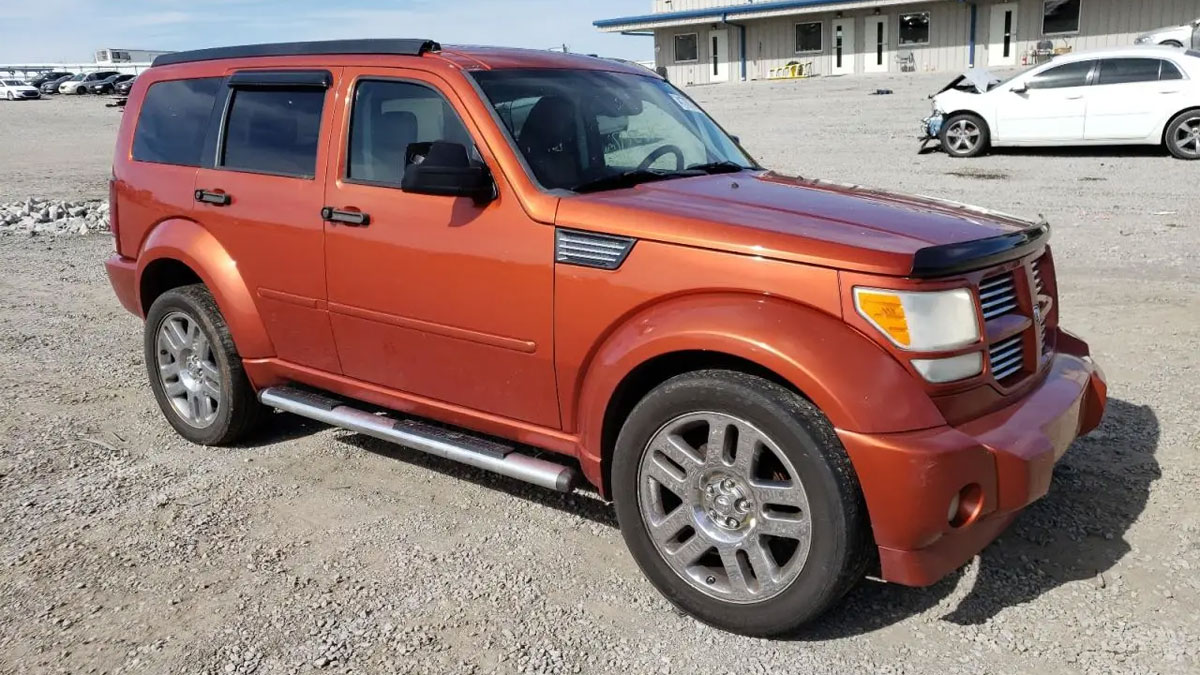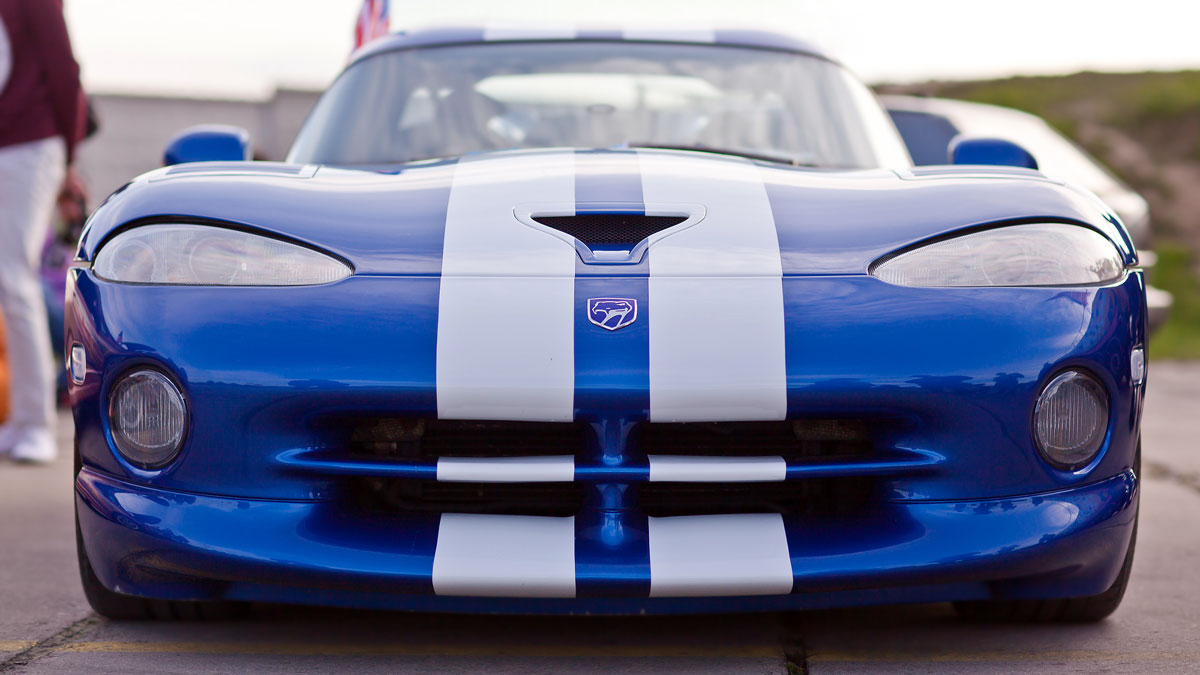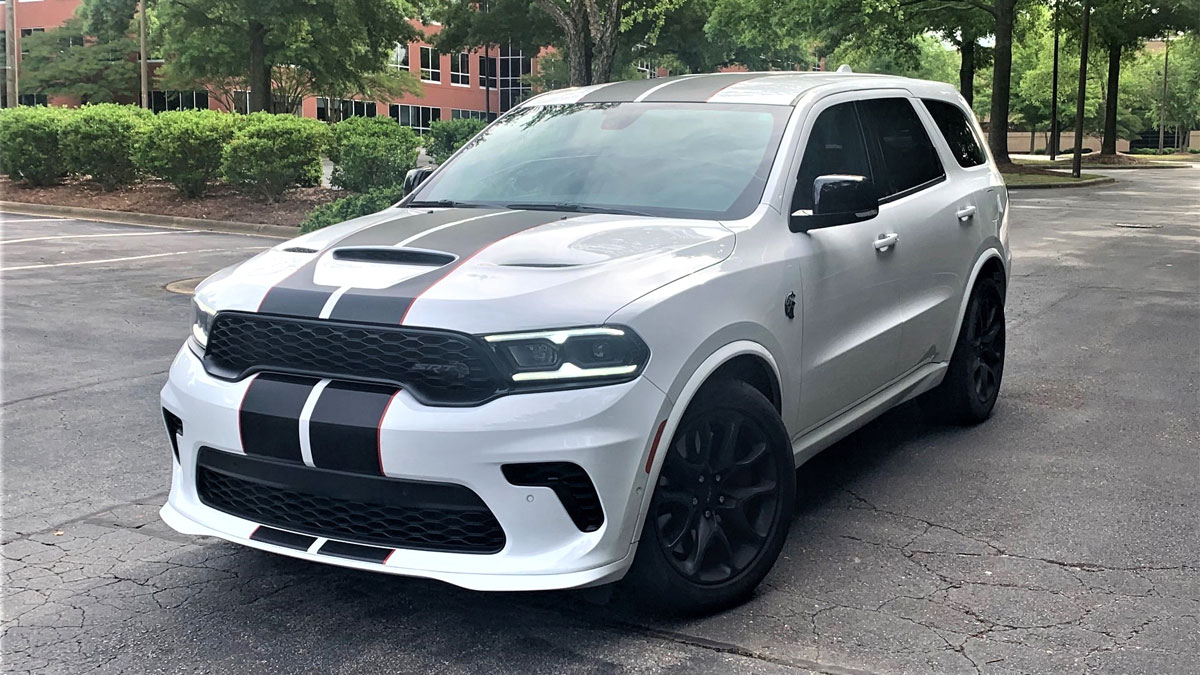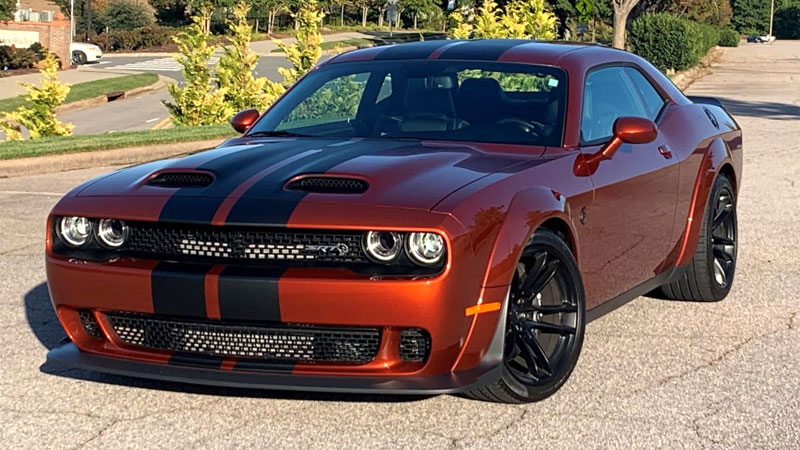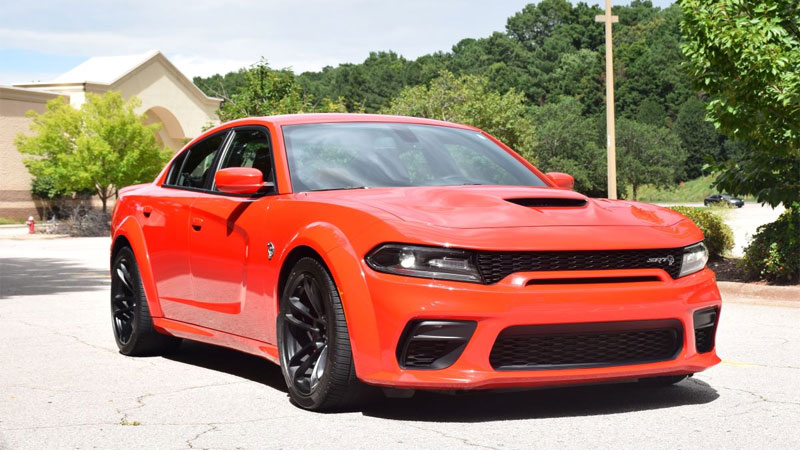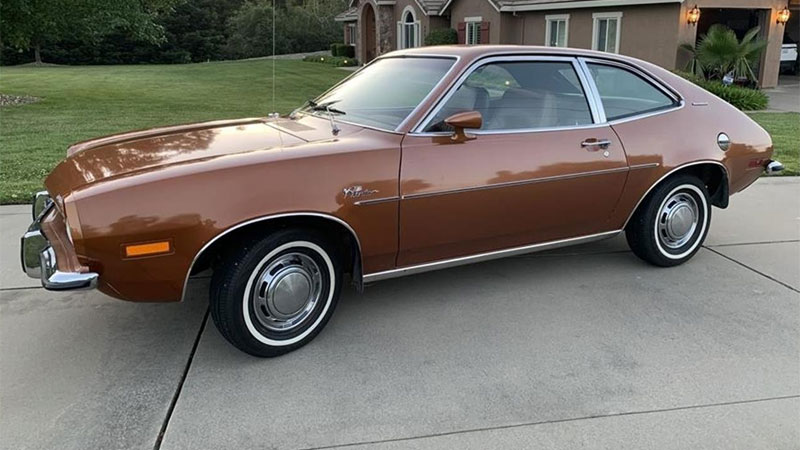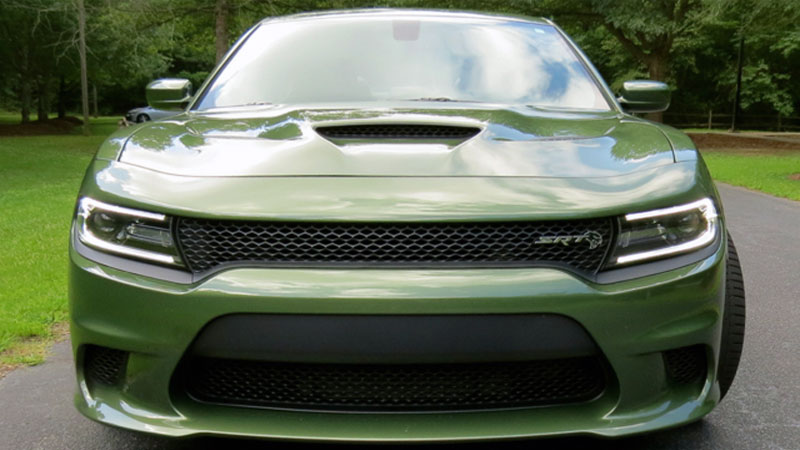The History of the Dodge Nitro
The Dodge Nitro, a compact sport utility vehicle (SUV), made its grand entrance into the automotive world back in 2006, creating quite a stir in the SUV market. Known for its aggressive styling and unique presence on the roads, this compact SUV was an exciting addition to the Dodge lineup. … Read more

